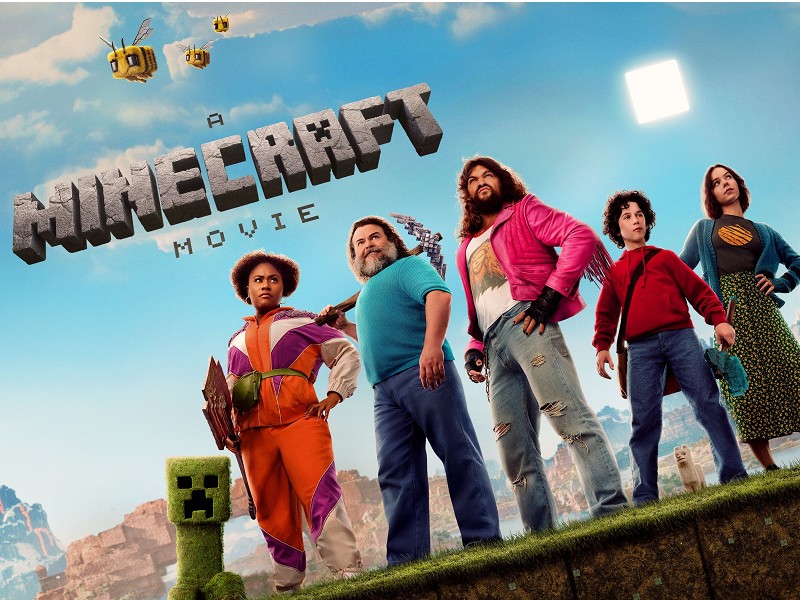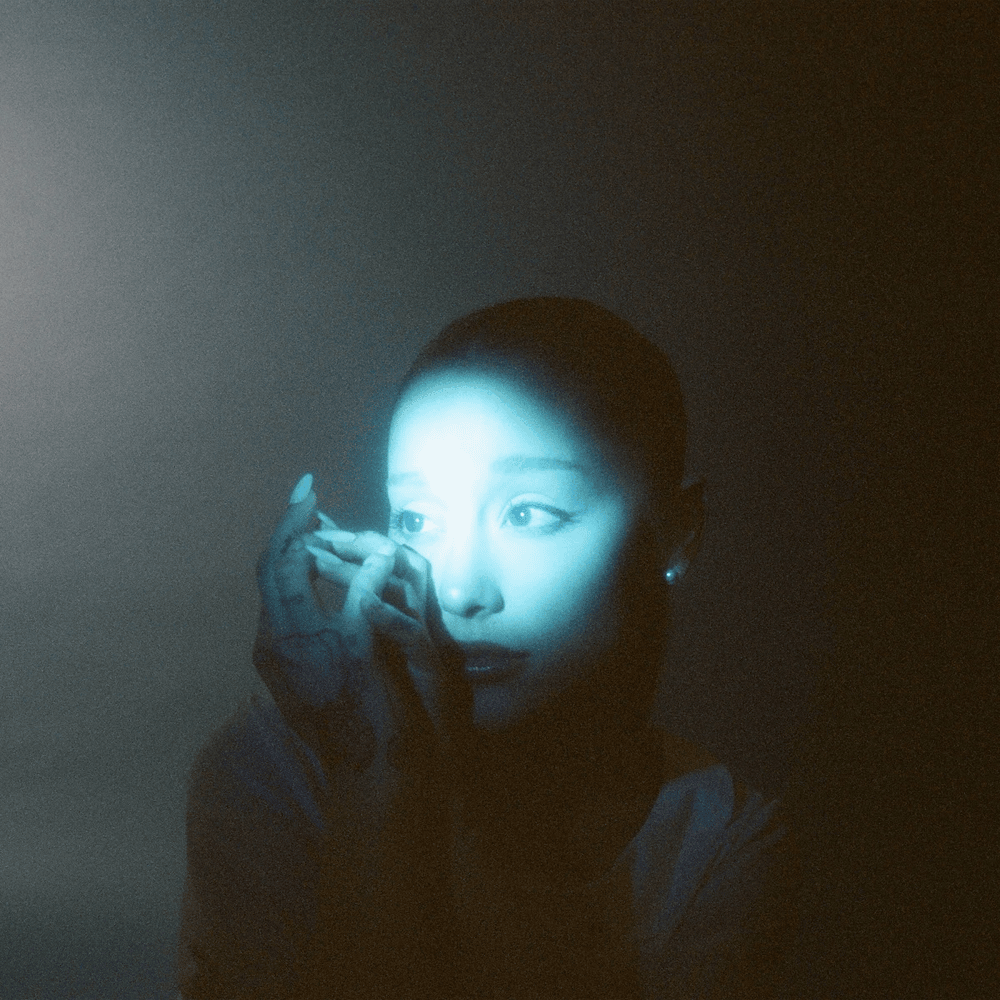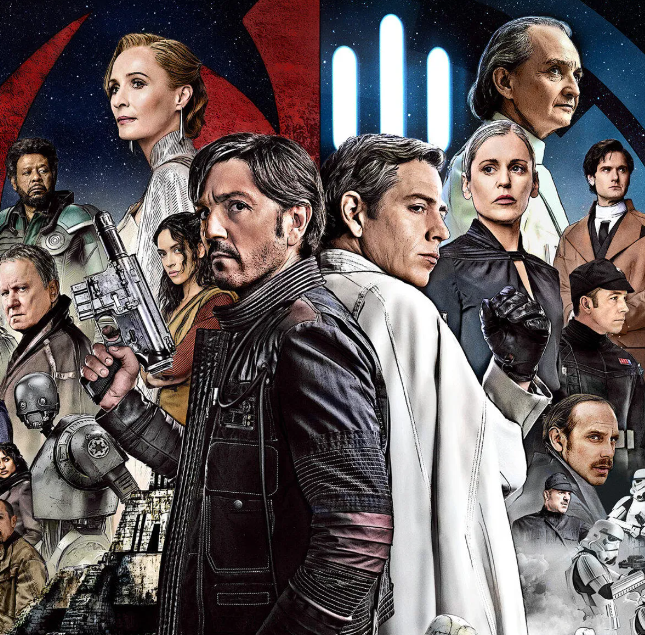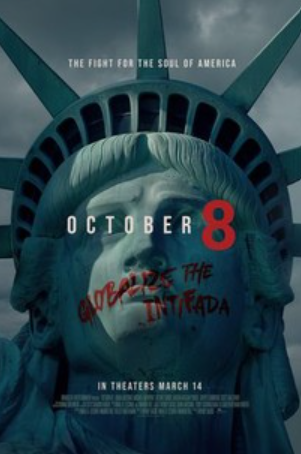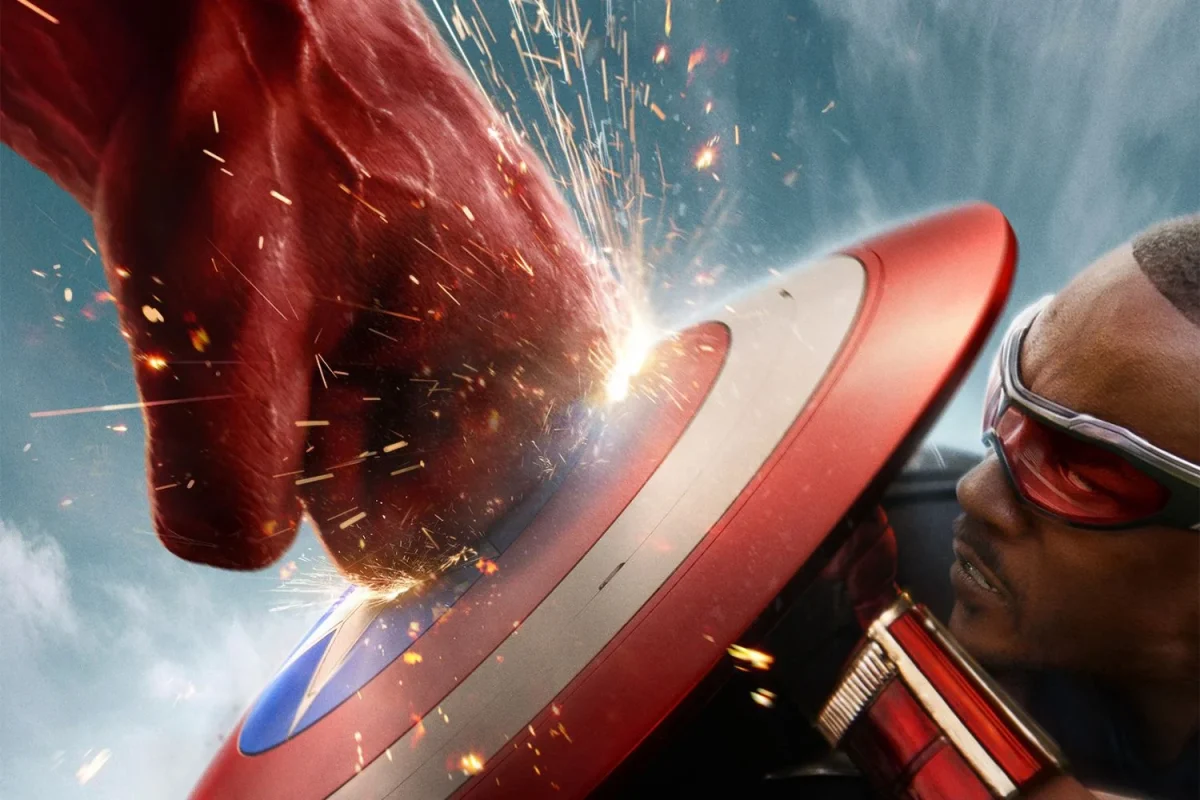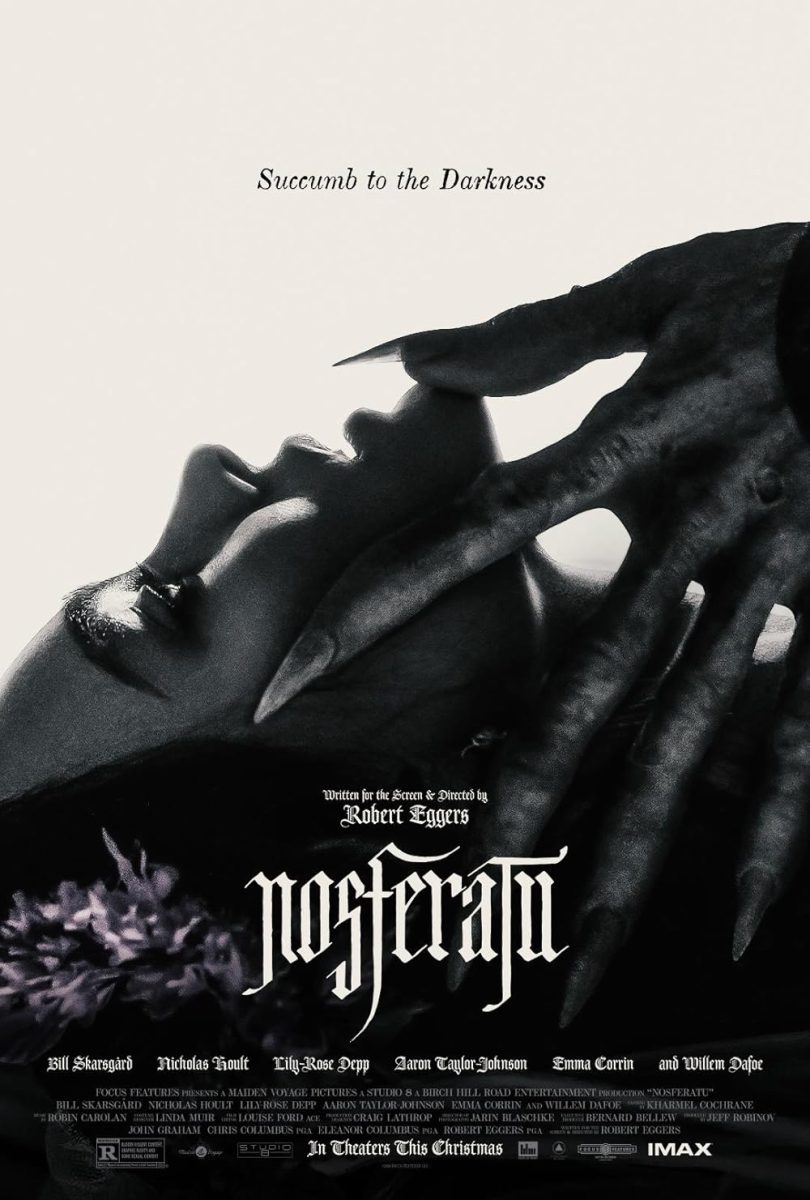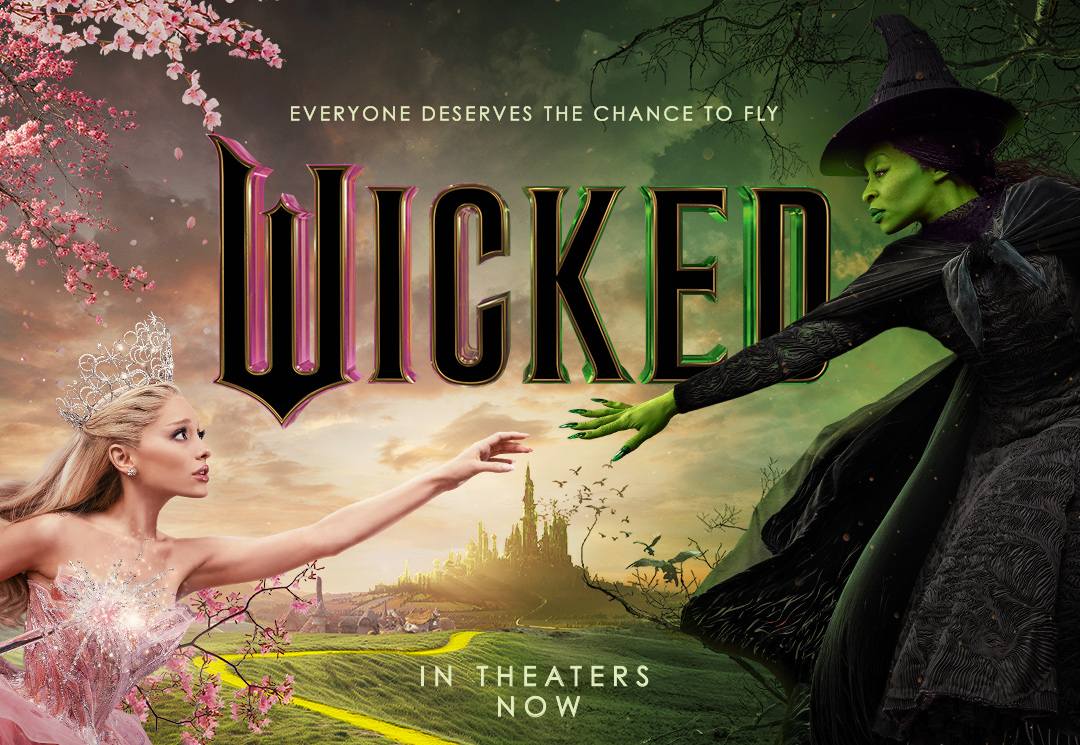Zombies will never, ever be sexy. They can be cute, though.
Director Jonathan Levine’s Warm Bodies takes place in a post-zombie-apocalyptic world, where humans have walled themselves inside a fortress and are steadily dwindling in numbers as more of them either become corpses or dinner. One still-sentient zombie called “R” (Nicholas Hoult, X-Men: First Class) saves a human, Julie (Teresa Palmer, I Am Number Four), and her compassion results in R’s heart slowly coming to life again.
Warm Bodies isn’t perfect—the special effects were wanting and the soundtrack was so-so—but the plot is a great combination of romance, humor and gore. The acting—particularly Hoult’s—is praiseworthy, and the one-liners keep the audience cracking up.
Music is an important theme to the film, due to R’s possession of a record player, which he uses to convince Julie he doesn’t intend to eat her. Many of the song choices were good, but none particularly stood out or unified the entire soundtrack.
Two types of zombies exist in Warm Bodies’ world. R is a corpse, which fits today’s typical image of the undead—pale faces, blank expressions, shuffling walks. Bonies, on the other hand, are corpses who have completely given up and have torn off their own skin and look like shriveled, black, dementor-esque creatures. In hindsight, the Bonies appear almost comical.
These flaws are minor in the face of the many pros of Warm Bodies. Hoult manages to perfectly convey emotions, such as his nerves as he tries to impress Julie, while maintaining the vapid stare of a zombie. His voiceover as he narrates his thoughts—because as a zombie he is incapable of speaking coherently—certainly helps, but in just his voice he is able to express shock, curiosity and fear.
The plot is predictable, as most paranormal romances have the same basic motive of overcoming the protests of friends and families in pursuit of forbidden love. At the same time, the plot is unique for a zombie film. Most zombie flicks focus on the humans’ struggle to stay alive amidst a storm of blood and brains. Warm Bodies focuses on the zombies’ side of the story, and despite R’s claims that zombies are inhuman and unfeeling, he, at least, is capable of experiencing emotion.
One of Warm Bodies’ humorous aspects is alluding to stereotypical zombie movies, like when R tries to explain how the world came to be filled with the undead—perhaps some kind of mutant monkey virus—but is unable to remember. Don’t hold it against the poor guy, though. He can’t even remember his own name, except that it begins with the letter R.
Still, the underlying brilliance beneath it all is Warm Bodies’ odd yet successful parallelism of the struggles of a typical teenage boy overcoming his awkwardness in pursuit of a girl who’s out of his league. R’s very first line is “What’s wrong with me?” and he goes on to wonder if people would acknowledge him more if he stopped slouching and shuffling so much. Then he muses about how he and the other zombies just want to make a “connection,” much as how the average teenager supposedly just wants to find other people who understand him.
Vampire and werewolf love stories are rapidly becoming dull and cliché. Zombie films have been around for years—but zombie love stories? Warm Bodies is a pleasantly surprising new twist on an old, exhausted genre, and even people who are not romance fans will enjoy R’s dry humor and quirks.






